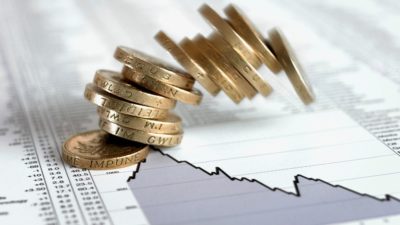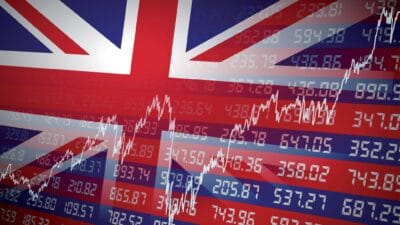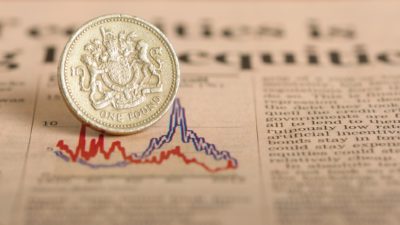Investing in dividend stocks remains a popular way to earn passive income in the UK, particularly due to the high yields commonly found on the FTSE 100 and FTSE 250. Consistent monthly contributions to a portfolio of these dividend stocks can lead to exponential growth through compounding returns.
For example, putting £5,000 per year into the stock market could snowball over time to become a dividend-paying powerhouse. Especially if investors adopt a dividend reinvestment plan (DRIP); that is, putting dividends back into the pot to maximise growth.
After 10 years, it won’t just add up to £50,000 in savings — it could be much more!
Should you invest £1,000 in BHP right now?
When investing expert Mark Rogers has a stock tip, it can pay to listen. After all, the flagship Motley Fool Share Advisor newsletter he has run for nearly a decade has provided thousands of paying members with top stock recommendations from the UK and US markets. And right now, Mark thinks there are 6 standout stocks that investors should consider buying. Want to see if BHP made the list?
In this article, we will explore potential passive income outcomes and strategies for maximising returns to achieve financial freedom through long-term investing.
Dividends explained
Dividend-paying companies distribute a portion of their profits back to shareholders each year. Some of the most common UK dividend stocks include companies like British American Tobacco, Unilever, and Legal & General (LSE: LGEN).
Their popularity stems not just from high yields but consistent and reliable payments. The yield defines the percentage of overall profits that are returned to shareholders. In some ways, it’s similar to the interest one might earn on cash in a savings account. However, it can change daily because it is not fixed but rather inversely correlated to the share price.
Moreover, companies can increase or decrease dividends regularly. Consequently, when calculating potential dividend income, we estimate using the average yield of a portfolio.
For example:
- Conservative yield (3%): £5,000 × 3% = £150 annually
- Moderate yield (5%): £5,000 × 5% = £250 annually
- High yield (7%): £5,000 × 7% = £350 annually
Initially, the returns look small. But with consistent reinvestment each year, the compound growth can add up significantly.
Consider the high-yield example. Over 10 years, the total amount in the portfolio would grow to £81,550 with dividends reinvested (assuming the 7% average yield held). That’s not even accounting for any potential share price growth – even slow growth of 3% per year would add an extra £10,000 on top of that.
Achieving a stable average yield
To achieve an average yield of 7%, an investor must choose several stocks with yields between 5% and 9%. Diversifying is helpful as lower-yield stocks can be more stable. It might appear logical to only pick high-yield stocks but it is risky.
Consider Legal & General, a long-favoured British dividend payer. The 189-year-old insurance stalwart has been increasing dividends consistently for decades, often by as much as 20% per year. Its yield typically stays within a range between 6% and 10%.
But it’s far from perfect (is anything?) and lately has been underperforming. The company’s net margin for 2023 fell to 1.69% as earnings missed expectations by 34%. Despite a solid track record, there’s always a risk this could lead to a dividend cut, particularly as the current payout ratio of 360% is unsustainable.
But things are looking up!
Shares have clambered up 6.5% in the past six months, igniting hope that this year’s final results will be better. If so, there’s more chance it could achieve the average 12-month price target of 8.5% that analysts expect. Even if the price is slow to recover, its long-term prospects make it a stock worth considering.







